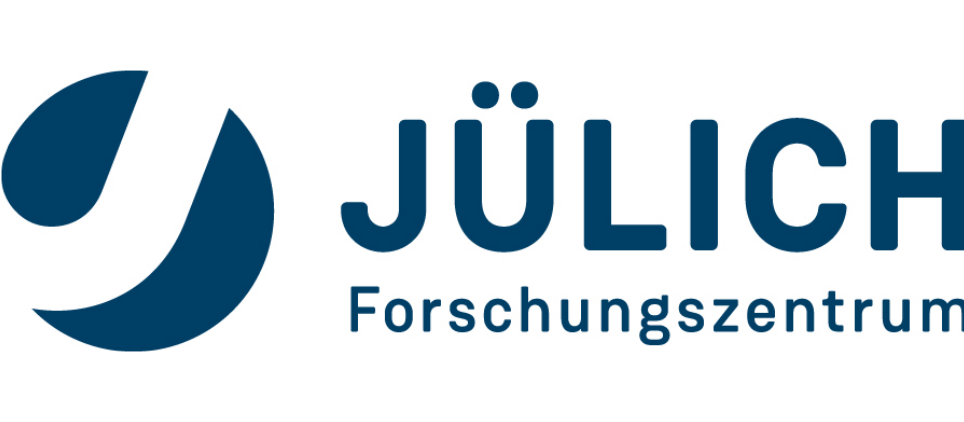Interfacial molecular packing determines exciton dynamics in molecular heterostructures: the case of pentacene – perfluoropentacene
A. Rinn, T. Breuer, J. Wiegand, M. Beck, J. Hübner, R. C. Döring, M. Oestreich, W. Heimbrodt, G. Witte, S. Chatterjee
Applied Material Interfaces 9 (2017) 42020
Organic photovoltaics promise less materials use in low-cost offset-style printing of thin-film devices due to large absorption cross sections compared to conventional, e.g., silicon-based, photovoltaics. Furthermore, molecular materials may show enhanced efficiencies by singlet-exciton fission while large exciton binding energies may hinder efficient charge separation and, hence, current harvesting.

Transient photoluminescence data for the indicated spectral regions on the prototypical donor-acceptor pair systems pentacene / perfluoropentacene.
One of the key challenges in the field of organic photovoltaics is the separation of optically excited bound electron-hole pairs, so-called excitons. Of particular relevance are charge-transfer (CT) excitons at donor-acceptor interfaces with the electron in the acceptor and the hole in the donor molecule as they are prime candidates as intermediaries for charge separation. Studying these CT excitons in state-of-the-art devices is challenging as these consist of blends of molecular donors and acceptors in order to provide maximum internal interface area. The resulting, complex interface geometry structure hampers microscopic characterization of such CT-excitons and, in particular, denies a well-defined correlation of the electronic properties with the molecular packing at the interface.
In combining their expertise in the fabrication of such highly ordered crystalline molecular heterostructures with precise, time-resolved optical microspectroscopy the groups from Marburg and Gießen successfully study the energetics and dynamics of CT-excitons at the donor-acceptor interface.

Characteristic spectrally resolved emission of the pristine materials and charge-transfer excitons for the various molecular stacking patterns illustrated in the inset.
The results show that the spatial separation of electrons and holes in the CT-excitons leads to extended lifetimes compared to the pristine species. Intriguingly, the energetics reveal that the common description of such excitons based on a straight-forward orbital picture as a mere linear combination of the involved individual constituents is insufficient and a more intricate description of CT-excitons is needed. These experimental data are the first to systematically investigate such excitations in highly-ordered crystalline molecular heterostructures which will enable further theoretical calculations on the involved electronic effects. Overall, the findings show that charge separation depends intricately on the molecular arrangement at the internal interface and hint that highly ordered organic photovoltaic devices could outperform disordered, nanocrystalline or even glassy structures.






